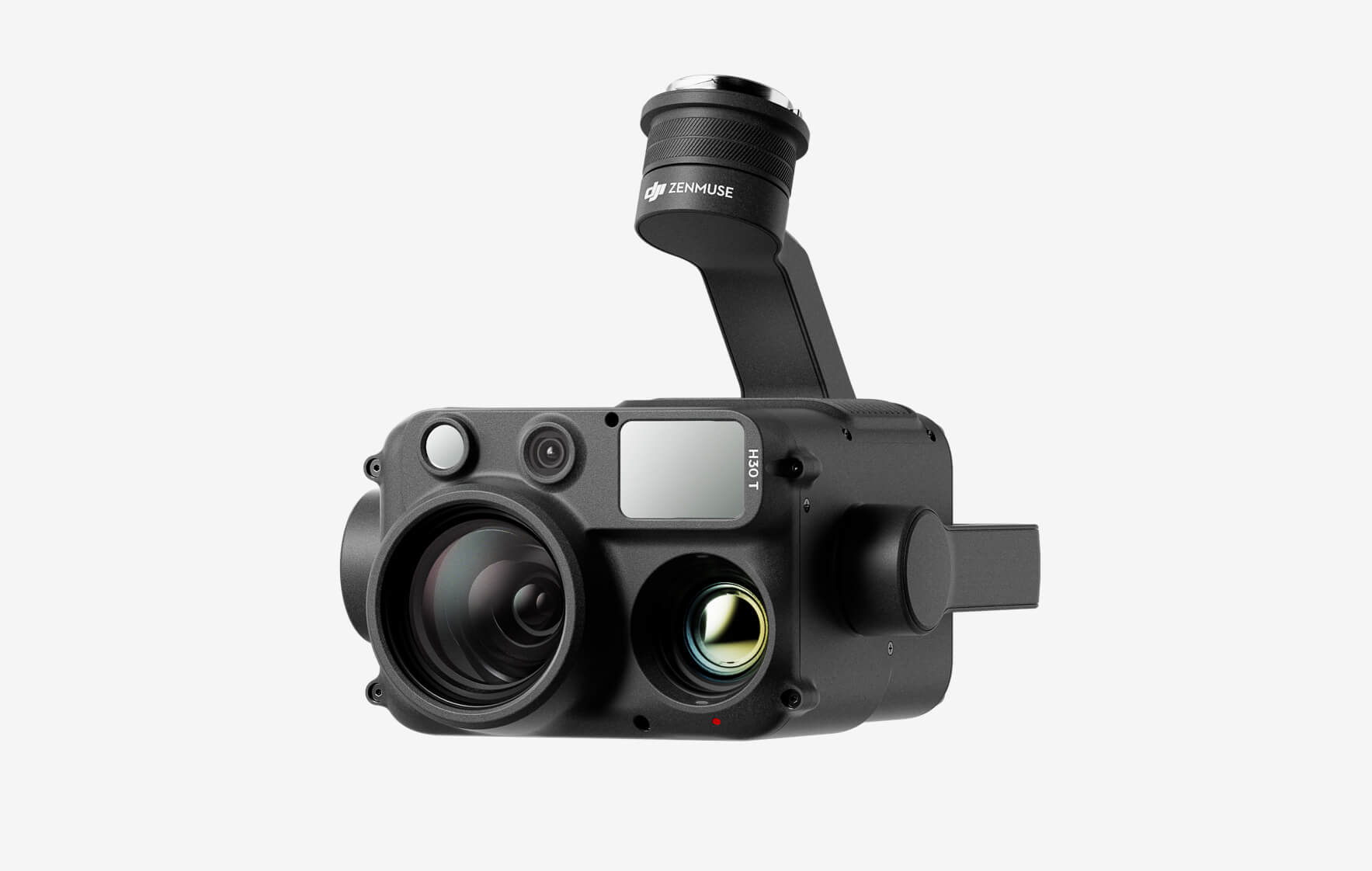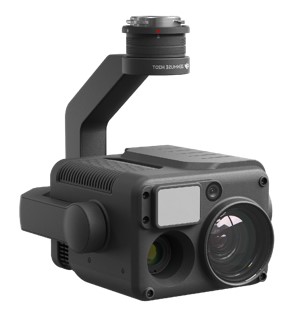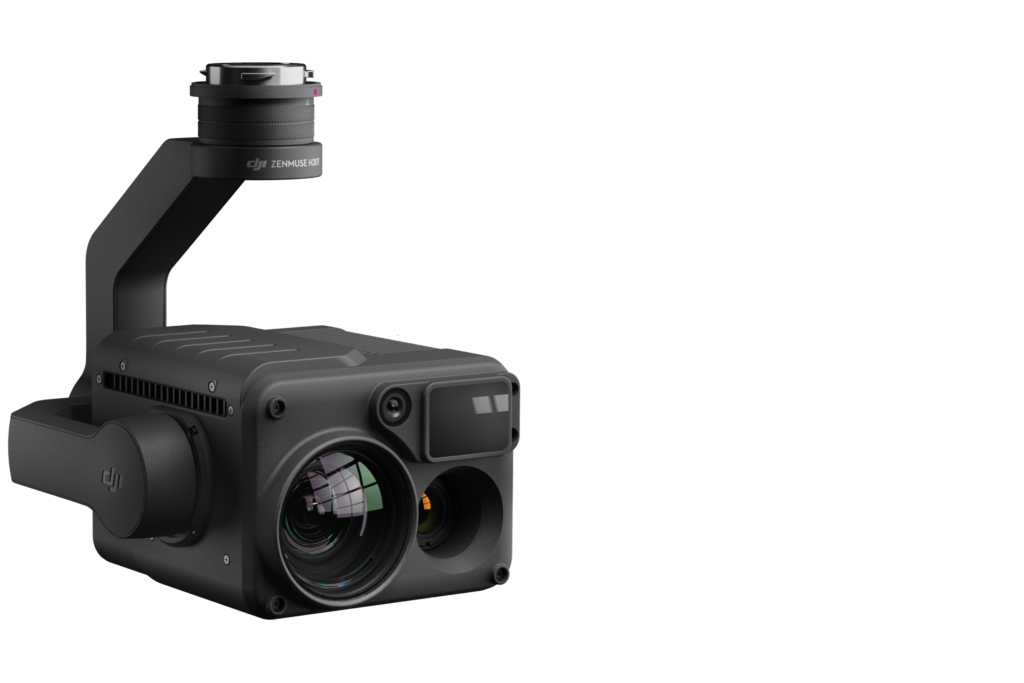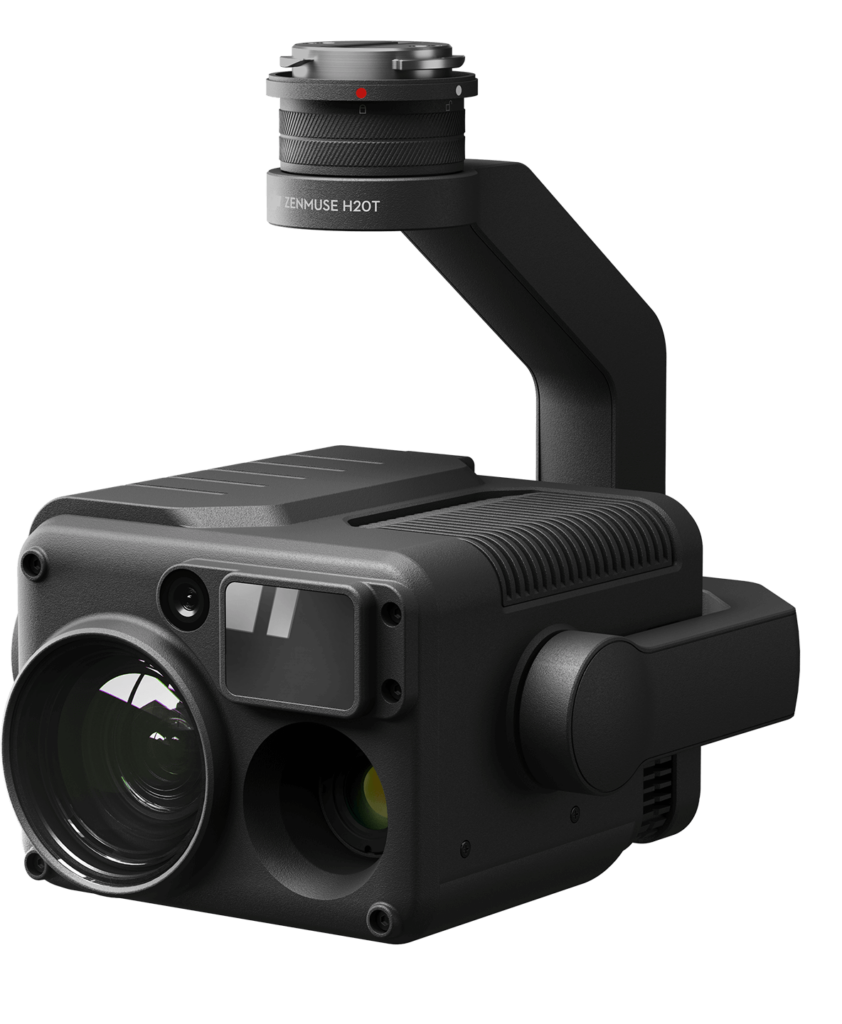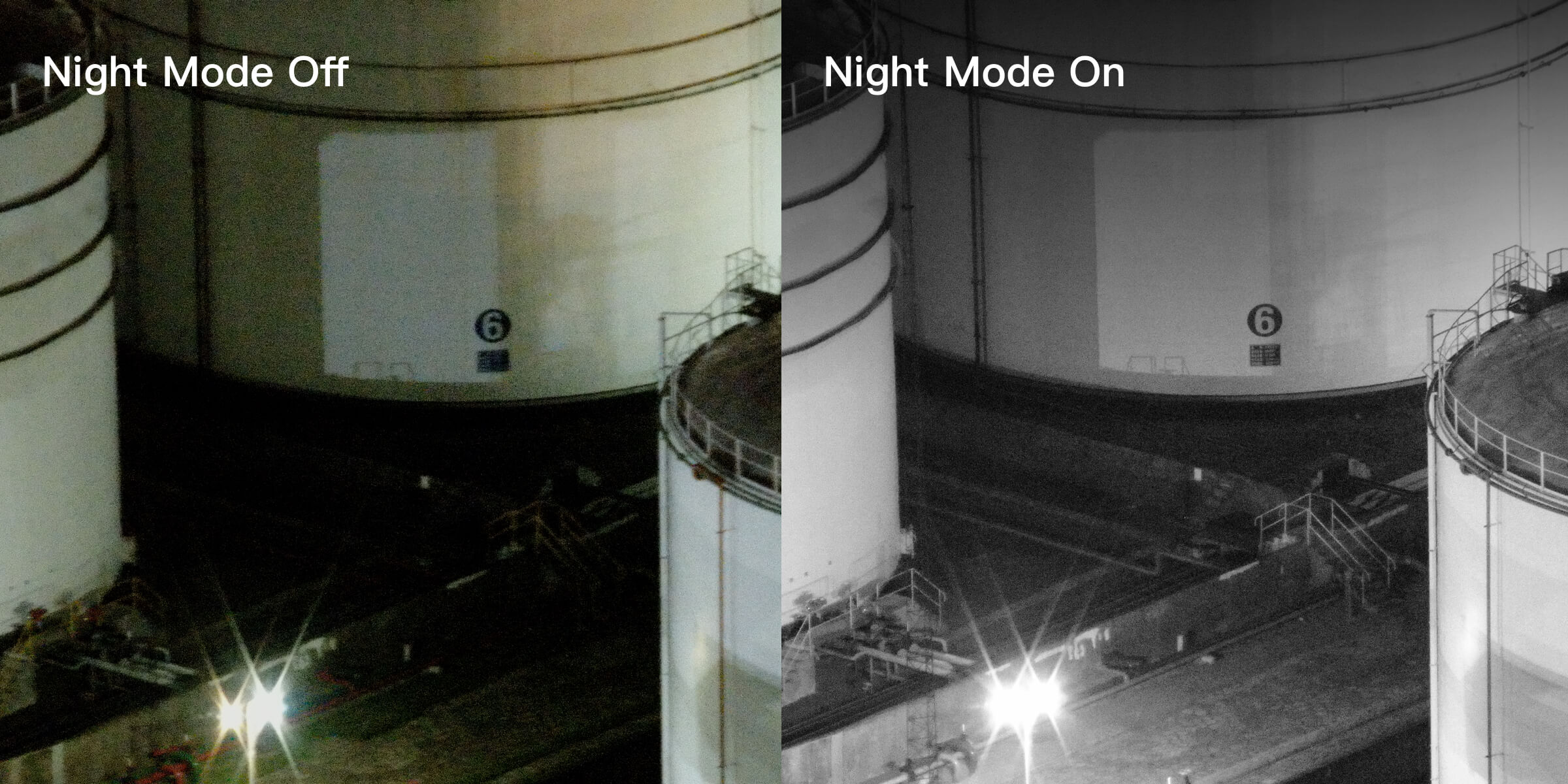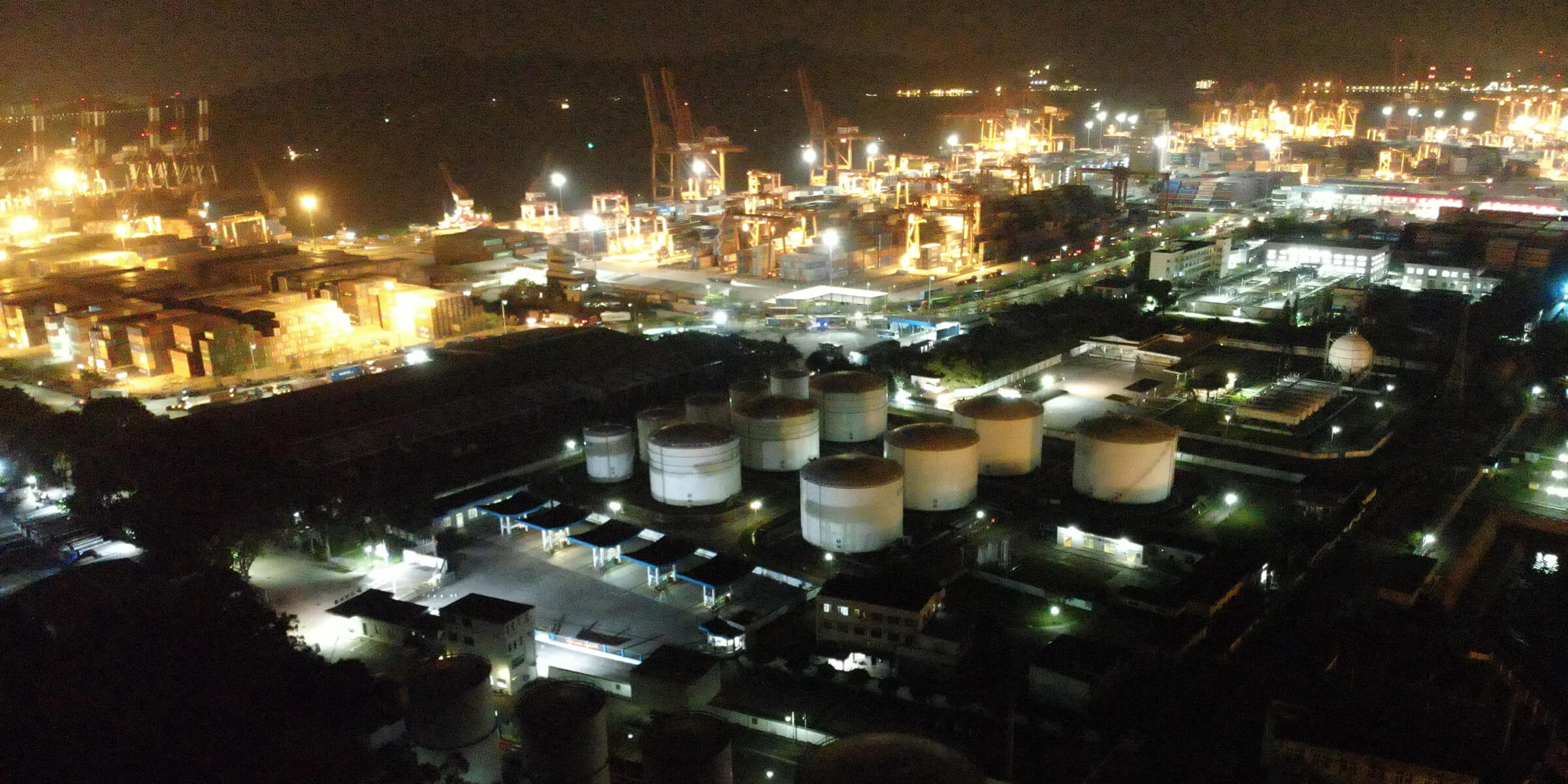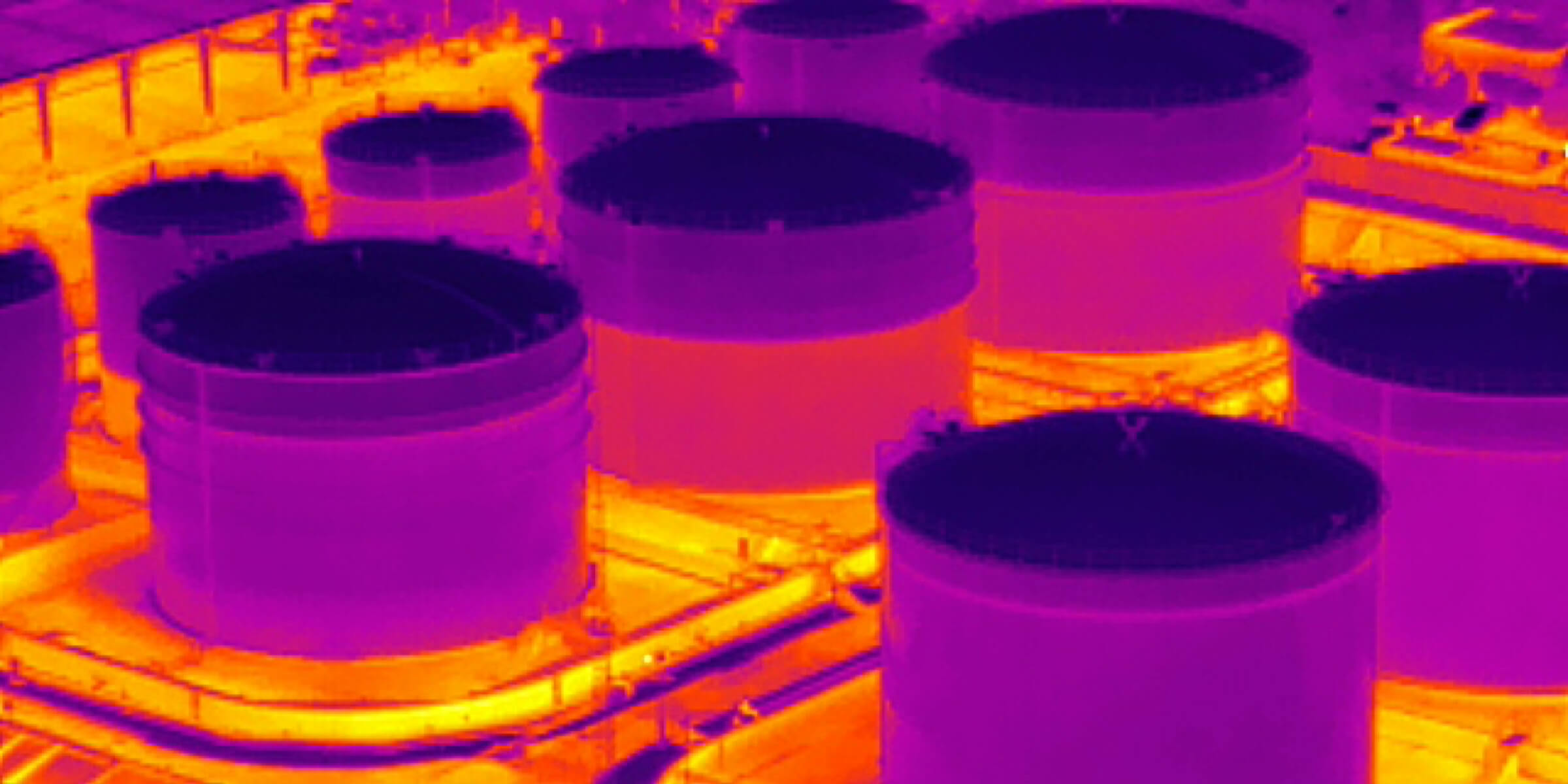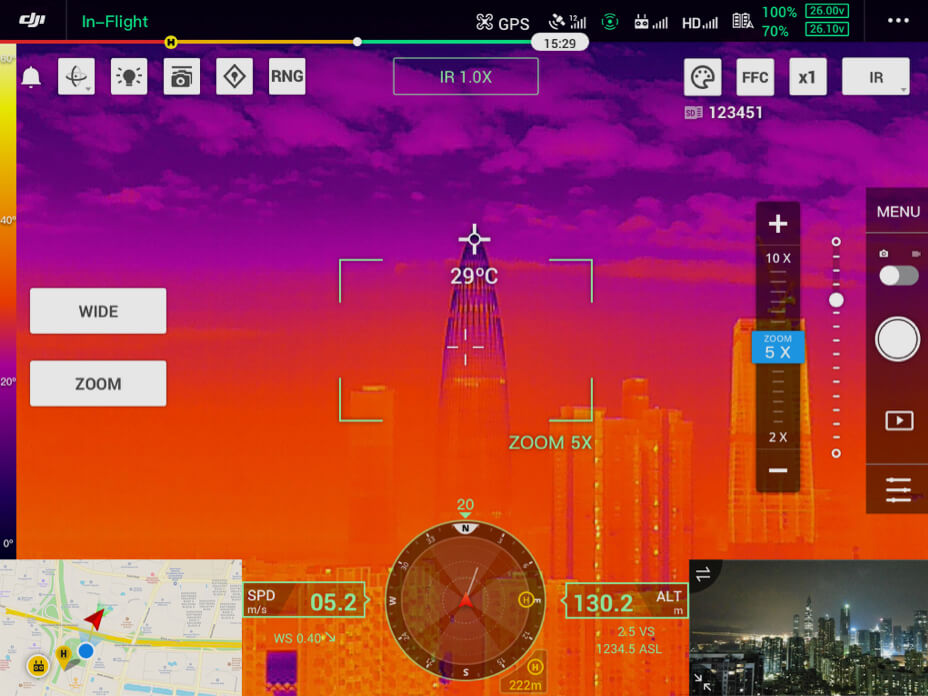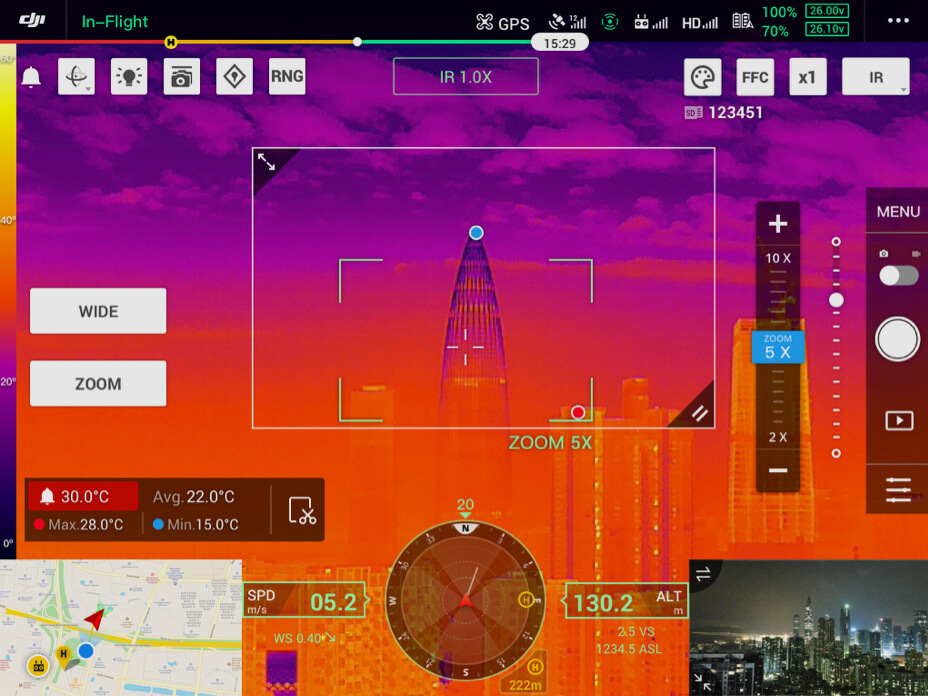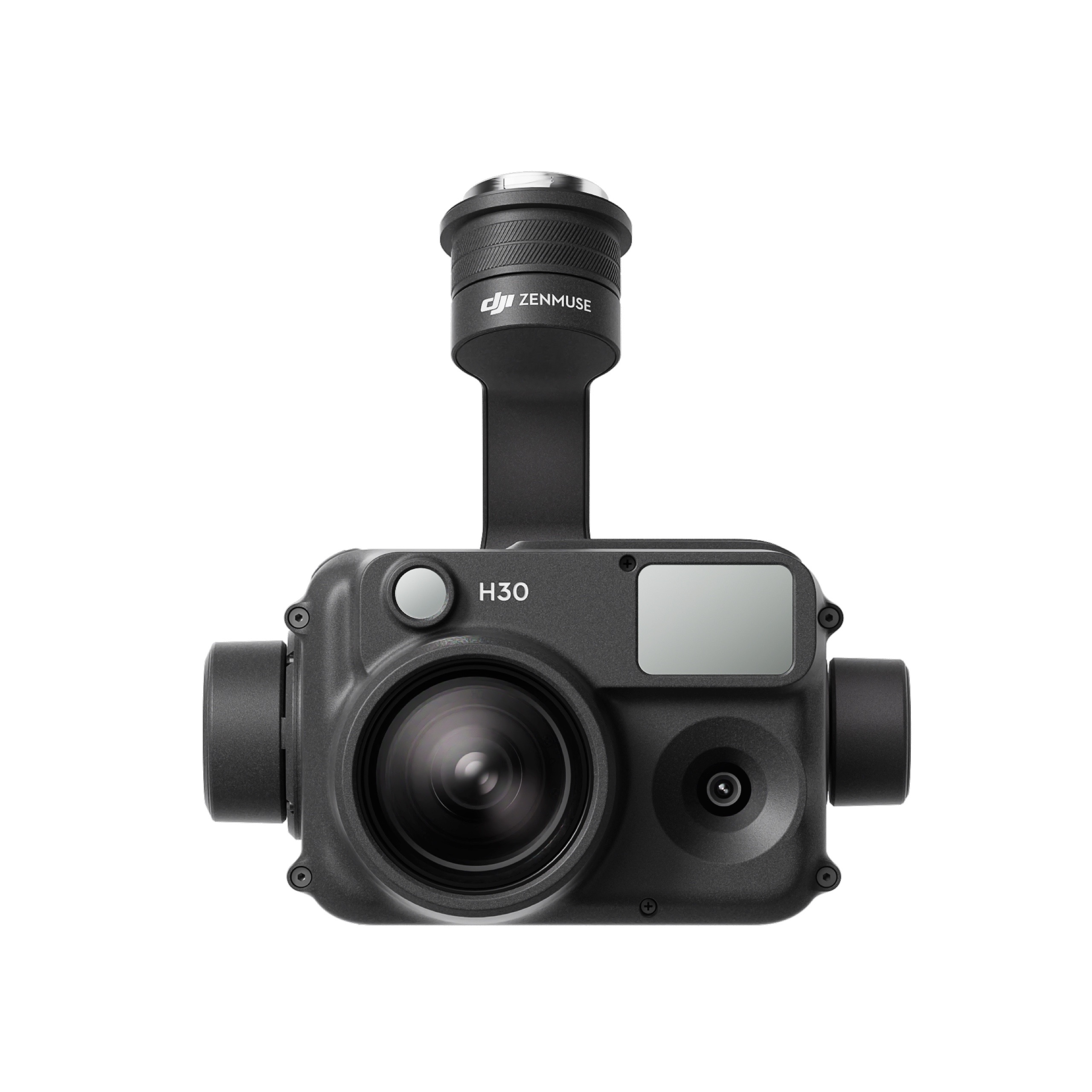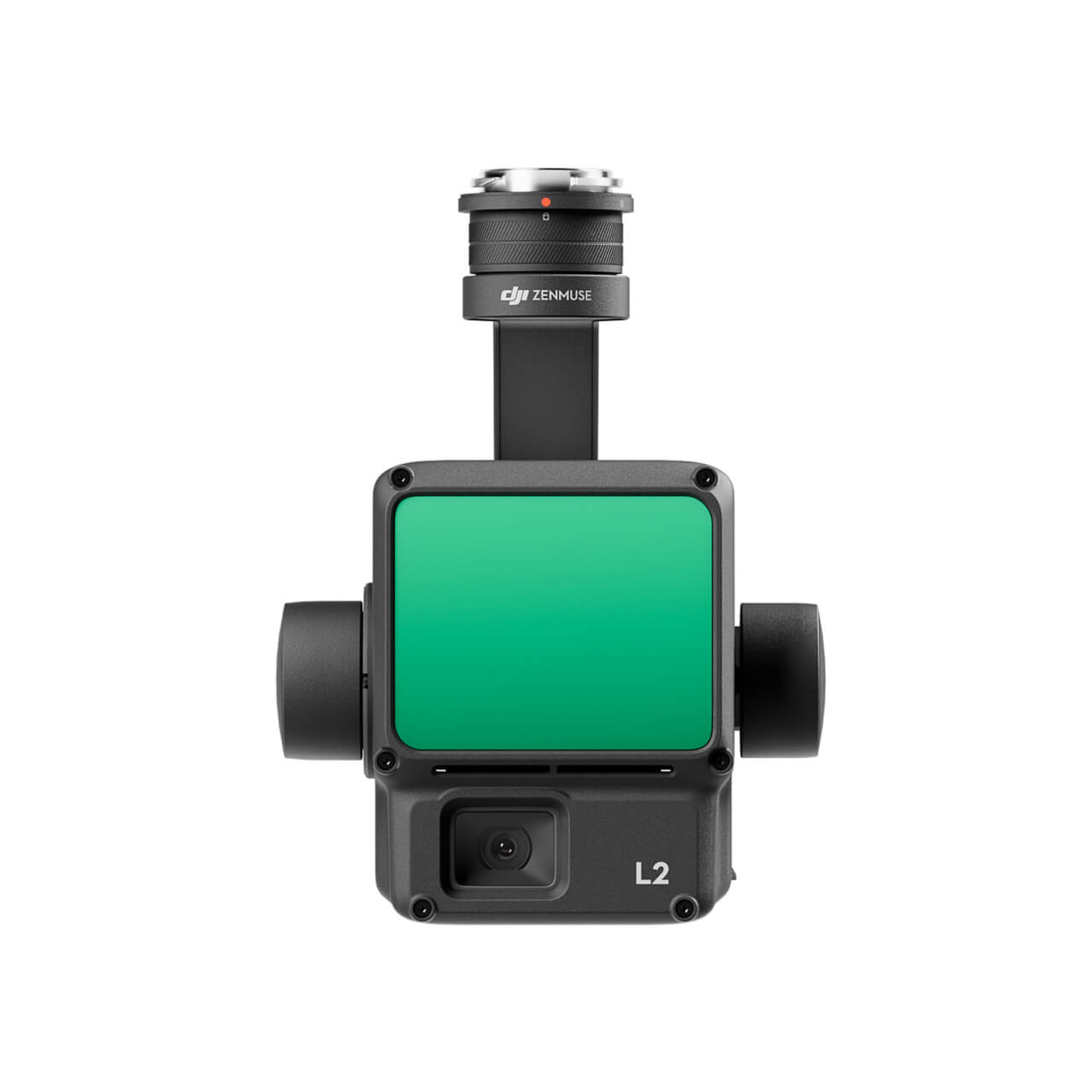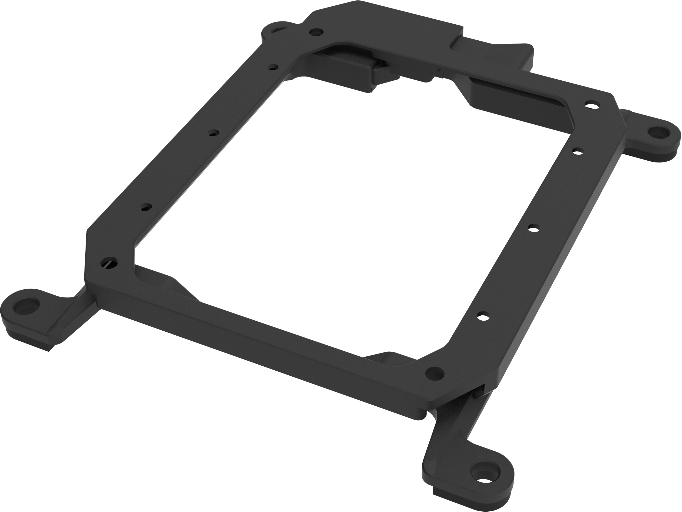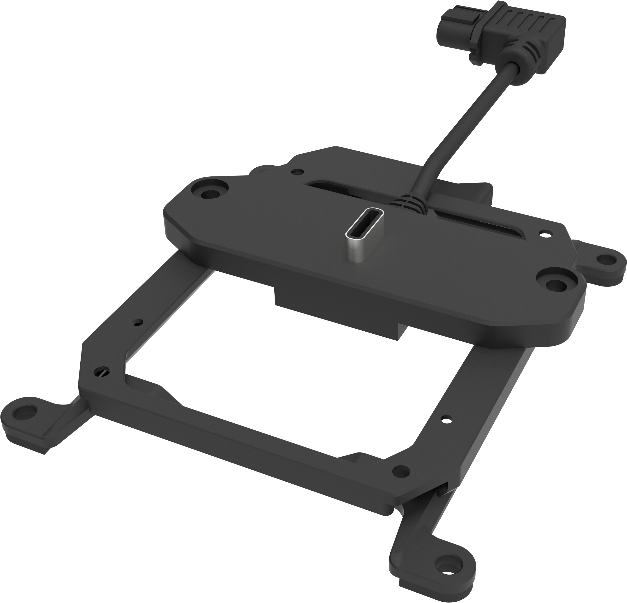How many models are in the Zenmuse H20 Series?
The Zenmuse H20 Series has 2 models: the Zenmuse H20 (Triple-sensor model with a wide-angle camera, a zoom camera, and a laser rangefinder) and the Zenmuse H20T (quad-sensor model with a wide-angle camera, a zoom camera, a laser rangefinder, and a radiometric thermal camera)
What’s the Ingress Protection Level?
Under controlled laboratory conditions, the Zenmuse H20 Series meets the IP44 protection level under the IEC60529 standard. The protection level is not permanently effective, and will weaken with wear and tear.
- Make sure the gimbal connector interface and gimbal surface are dry and free of moisture before installing the gimbal.
- Before use, make sure that the gimbal is firmly installed onto the aircraft, and the SD card cover is clean, free of foreign objects, and securely closed.
- Before opening the SD card cover, wipe the surface of the body clean.
What are the image resolutions of the cameras?
- Radiometric thermal camera: R-JPEG, 640×512 px
- Wide-angle camera: JPEG, 4056×3040 px
- Zoom camera: JPEG, 5184×3888 px
What are the video resolutions of the cameras?
- Radiometric thermal camera: 640×512@30fps
- Wide-angle camera:1920×1080@30fps
- Zoom camera: 3840×2160@30fps / 1920×1080@30fps
Which video format is supported?
MP4 encoded with H.264 compression
What are the zoom levels of the H20 Series?
23× hybrid optical zoom, 200× max zoom
What is the minimum focusing distance of the visible cameras of the Zenmuse H20 Series payloads?
The higher the zoom factor, the longer the focusing distance.
- 1×-2.8×, the minimum focusing distance is 1 m.
- 2.9×-3.9×, the minimum focusing distance is 2 m.
- 4×-4.6×, the minimum focusing distance is 3 m.
- 4.7×-14.2×, the minimum focusing distance is 5 m.
- 14.3×-200×, the minimum focusing distance is 8 m.
If the object is within the minimum focusing distance, the camera will not be able to focus. For example, if the aircraft/payload is 5 m away from a pylon, the camera will not be able to focus at a zoom level greater than 14.2×.
What factors affect the accuracy of the laser rangefinder?
Laser rangefinders measure distance using the time of flight of light. Their accuracy could be affected in environments where this ToF is affected: The range will be reduced in smoke, rain, snow, dust, and other environments, and data readings may be jumbled.
When measuring an object with glass or transparent components:
- If the glass is within moderate distance, the distance to the glass will be measured (not the object behind the glass)
- The glass may reflect the laser beam to other locations, resulting in the distance to other locations.
- If the surface of the glass is very smooth or too close, the light will pass through the glass to detect the objects behind, but the range will be significantly reduced.
What is the frame rate of the thermal camera in the Zenmuse H20T?
30 fps.
What is the accuracy of temperature measurements of the Zenmuse H20T?
The accuracy is ±2 °C or ±2%, whichever is greater. (Measured at 25 °C in a windless laboratory, 5 m away from the black body).
Note: black bodies have different emissivity levels, the measurement above is is based on the particular black body measured and for reference only.
What factors affect the accuracy of temperature measurement of the Zenmuse H20T?
The reflectivity of objects: shiny metals have higher reflectivity will result in lower accuracy and lower temperature readings.
The temperature of background radiation: a clear, sunny day will have less of an effect on accuracy than a cloudy day.
Air temperature and humidity: the higher the temperature and humidity, the more likely the readings will be affected, and the lower the accuracy.
Distance between the camera and the object: the farther away the object is from the camera, the lower the accuracy.
What is the difference between high and low gain modes in the thermal camera of the Zenmuse H20T?
High gain mode: displays a smaller temperature measurement range at a high quality, the temperature measurement range is -40 °C to 150 °C.
Low gain mode: displays a larger temperature range at relatively lower quality, the temperature measurement range is -40 °C to 550 °C.
Does the thermal camera in the Zenmuse H20T support digital zoom?
Yes. It supports 2×, 4×, and 8× digital zoom.
What is Flat-Field Calibration or FFC in the Zenmuse H20T?
Flat-Field Calibration is used to optimize thermal image quality so temperature changes can be observed more easily. You can choose to manually enable FFC by turning off the automatic FFC adjustment in settings.
How many different ways can I measure temperature using the Zenmuse H20T?
There are two ways: Spot Meter for measuring a single position, and Area Measurement for getting different readings in an area.
Are there different versions of the Zenmuse H20T with different focal length options? What is the focal length of its thermal camera?
The Zenmuse H20T only has one model. Its thermal camera has a focal length of 13.5 mm (F1.0), equivalent focal length: 58mm, DFOV 40.6°
What can I do when the lens fogs up?
The Zenmuse H20 Series is designed to prevent water damage to the camera components. But if the humidity is too high or if the payload is exposed to rain, water vapor could still enter the camera. Once powered on, the electrical components will heat up, causing the water vapor to evaporate, resulting in condensation or fog on the lens. This can usually be solved by turning on the aircraft/payload and waiting for the water vapor to dissipate. When not in use, we recommend you store the payload in a designated case or a cool, dry place with a relative humidity of less than 40%.
What can I do when the protective glass to the camera fogs up?
A protective material that protects against moisture is added between the lens and the protective glass to prevent moisture condensation on the protective glass. But it could be saturated with moisture if the humidity of the storage location is too high or if a wet payload is put back into the box. This could cause the protective glass to fog up, and it might take a while for the fog to dissipate once turned on. You can use a blow dryer to speed up the process. Again, we recommend wiping the payload dry after water exposure, and storing it in a designated case or a cool, dry place with a relative humidity of less than 40%.
What is Night Scene Mode?
In Night Scene Mode, the camera will switch the IR filter and adjust the ISP parameters to optimize for lowlight environments.
What is High-Res Grid Photo Mode?
In DJI Pilot, by dragging to select an area in wide camera view, an image will be taken using the wide-angle camera while the gimbal rotates to automatically capture a series of photos at 20 MP of the selected area using the zoom camera at the current zoom level. All of the images captured will be stored in the same sub-folder on the SD card, generating an HTML file that can be opened in a web browser to view the overview image and the detailed close-up images.
What is the maximum Micro SD capacity supported?
128 GB. We recommend using a UHS-I Speed Grade 3 Micro SD card.
Which apps are compatible?
Currently, the Zenmuse H20 Series only supports the Android version of DJI Pilot.
Can I take a still photo while recording a video?
Yes. Updating to the latest firmware version is required
Are timed photos supported?
Yes. Updating to the latest firmware version is required
With which drone platforms are they compatible?
They are compatible with the Matrice 300 RTK. Please update both the aircraft and the remote controller with the latest firmware.
Onto which gimbal port can I mount them?
They can both be mounted onto any one of the three gimbal ports on the M300 RTK.
How do I upgrade the firmware of the Zenmuse H20 Series
Before upgrading, please ensure that the aircraft is powered off, the Zenmuse H20 series gimbal and camera is securely mounted onto the aircraft, the microSD card has enough storage space, and that the intelligent flight battery has enough power.
- Visit the official DJI website and enter the Downloads section of the Zenmuse H20 Series product page.
- Download the latest firmware package.
- Store the downloaded firmware package onto the root directory of the microSD card.
- Insert the microSD card into the microSD card slot of the Zenmuse H20 series gimbal and camera.
- Power on the aircraft, and the gimbal will start to perform a self-check, and then automatically upgrade the firmware. Then, the buzzer will beep to indicate the status.
- Please restart all devices after the update is completed.
Gimbal upgrade status description:
- 4 short beeps …new firmware detected, ready to upgrade.
- 2 long beeps …upgrading firmware, do not stop the update.
- 1 long beep followed by 2 short beeps… The firmware update was successful.
- Continuous long beep… The firmware update failed, please try to update again. Contact DJI support for help if needed.
Notes:
- Please only store one version of firmware on the microSD card. Multiple versions of firmware stored in the microSD card will cause an upgrade failure.
- During the firmware upgrade, the alarm tone may disappear temporarily. Please be patient and ensure that the alarm tone is “1 long beep followed by 2 short beeps”, which indicates that the firmware upgrade was successful.
Do not power off the aircraft or detach the gimbal and camera from the aircraft during the upgrade, or it may damage the gimbal.
What are some safety precautions that I should keep in mind when using the Zenmuse H20 Series?
Do not aim the camera lens at high-energy power sources, such as the sun, lava, or laser beams. The temperatures of observation targets should not exceed 800 °C, or the camera could be irreversibly damaged.
Do not place the camera under direct sunlight, in places with poor ventilation, or near heaters.
Do not power on or off the camera too frequently. Please wait at least 30 seconds before restarting the camera, or it may affect the service life of camera chips.
Do not hot-swap the microSD card during use.
Do not touch the camera lens or scratch it with hard objects, as this could result in blurry images.
Please use a soft, dry cloth to clean the surface of the camera lens. Do not use alkaline detergents.
Please store the payload in a designated case that is kept dry and ventilated.
For what scenarios can I use the Zenmuse H20 Series?
The Zenmuse H20 Series delivers useful insights in a variety of scenarios, for example, public safety applications including firefighting, fire prevention, search and rescue, and traffic law enforcement; energy industry application including asset and equipment inspection, geothermal energy exploration, and oil and gas inspection.
Can I use the Zenmuse H20 Series for aerial surveying?
The Zenmuse H20 Series was not designed specifically to meet the accuracy requirements for aerial surveying, but you can use the wide-angle camera to capture images in Mapping missions in the DJI Pilot App.
